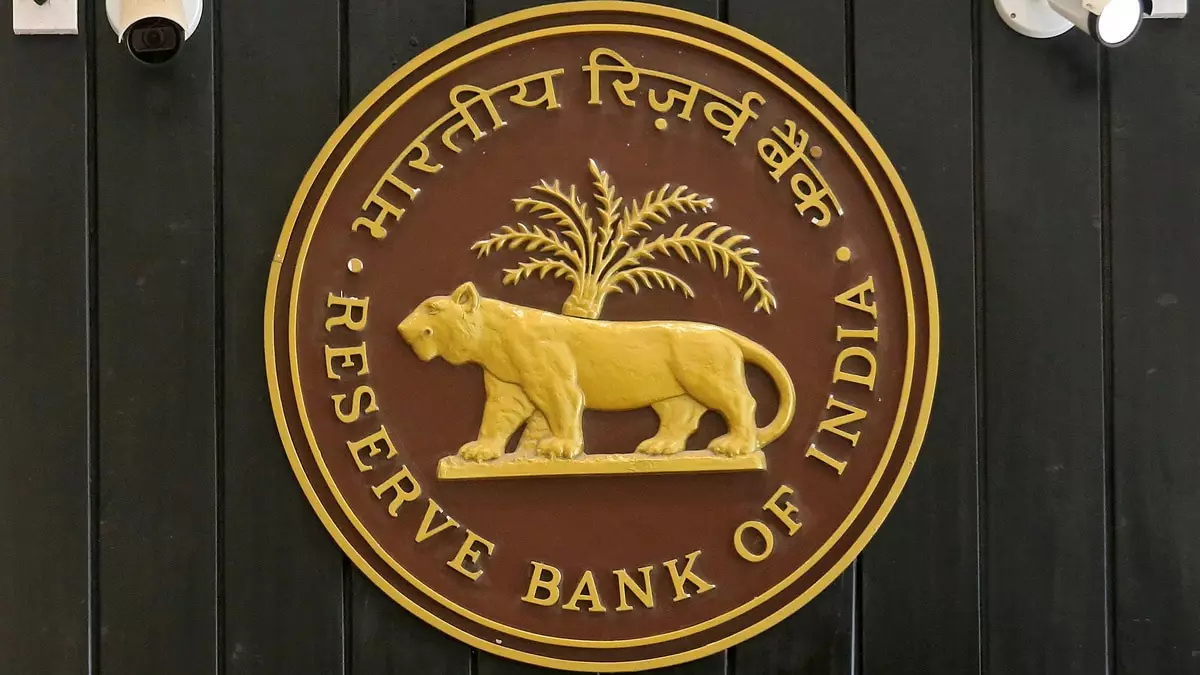As the digital landscape evolves, the financial sector is experiencing a transformative shift, particularly through the development and integration of blockchain technology. Most notably, the Reserve Bank of India (RBI) has identified asset tokenisation as a burgeoning financial innovation in its latest Financial Stability Report. Released on December 30, 2024, the report highlights both the potential benefits and associated risks of transitioning to a tokenised asset framework. While this concept is still nascent within the Indian financial ecosystem, expectations for its adoption are undoubtedly on the rise as global regulations mature and technological advancements continue.
One of the cornerstone advantages of asset tokenisation is its promise to enhance liquidity across various sectors, particularly in the real estate market and other traditionally illiquid assets. By digitising physical assets like land, properties, or even bank deposits into fractional units represented on a blockchain, owners can potentially unlock value that was previously inaccessible. This democratisation of asset ownership allows individuals to trade fractions of large assets, making investments more appealing and attainable to a broader demographic. The RBI’s report underscores this point by suggesting that such innovations can bridge gaps between conventional finance and the expanding decentralized finance (DeFi) landscape, fostering increased interaction between these realms.
Despite the optimistic outlook surrounding asset tokenisation, the RBI has offered a cautionary perspective. The report outlines critical vulnerabilities that tokenisation may introduce, particularly concerning financial stability. There are inherent risks that could stem from liquidity issues, misaligned maturities, and operational complications that could destabilize existing financial structures. The RBI’s acknowledgment of these concerns underscores the importance of approaching tokenisation with a balanced mindset, one that recognizes its potential while remaining vigilant against possible disruptions to financial health.
Rather than solely focusing on the potential negative implications, it would be prudent for stakeholders to construct a comprehensive risk management strategy tailored for tokenisation. Regulatory frameworks need to adapt to these tech-driven innovations to safeguard stability while still allowing for the exploration of new financial horizons.
The RBI’s report prominently features the uncertainties surrounding cryptocurrency regulations. There is a collective awareness that the integration of cryptocurrencies poses significant challenges and risks to both macroeconomic stability and financial governance. The implications of these digital assets extend beyond mere market fluctuations; they have the potential to undermine established monetary policies and fiscal strategies. The RBI echoes sentiments from the International Monetary Fund (IMF) and Financial Stability Board (FSB), reiterating that widespread crypto adoption could disrupt existing economic structures in significant ways.
In contrast to India’s cautious approach, nations like the United States are anticipated to adopt more crypto-friendly regulations as early as 2025, particularly with the upcoming leadership shifts. The divergence in regulatory strategies raises questions about how Indian authorities will catch up with global standards to foster innovation while maintaining stability in their financial systems.
As the RBI monitors the dynamic landscape of cryptocurrencies, it remains imperative for policymakers to consider crafting comprehensive frameworks that facilitate the responsible development of both crypto assets and asset tokenisation. Engaging with fintech firms, international regulatory bodies, and academic experts will enable stakeholders to harness the advantages of these technologies while addressing potential pitfalls.
Moreover, setting a definitive timeline for regulations will not only alleviate investor uncertainty but also establish India as a competitive player in the global financial ecosystem. Such proactive measures can empower domestic markets, encouraging experimentation while prioritizing stability.
In summarising the RBI’s insights from the Financial Stability Report, it is clear that while asset tokenisation presents remarkable opportunities for enhancing financial connectivity and liquidity, the associated risks require a judicious and balanced approach. As we move towards a more digitized financial landscape, fostering collaboration among stakeholders, coupled with insightful regulation, will be essential for navigating the challenges that lie ahead. Embracing innovation with caution can pave the way for a resilient future in India’s financial realm.

Leave a Reply